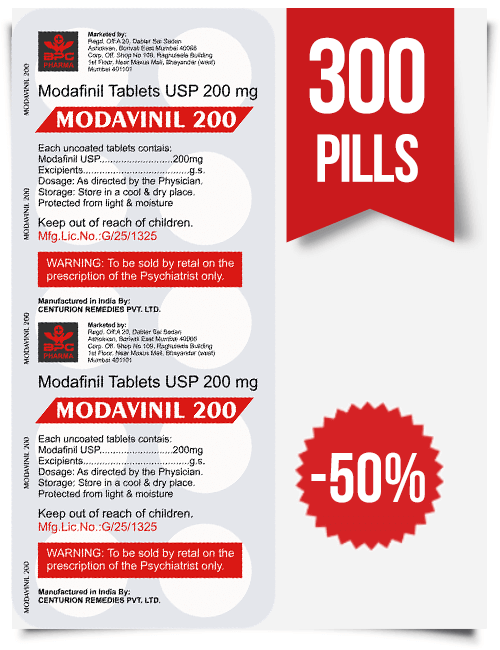What is All or None Law
All or None Law
The all-or-none law is a rule that expresses that the quality of a reaction of a nerve cell or muscle fiber is not needy upon the quality of the stimulus. If a stimulus is over a specific limit, a nerve or muscle fiber will fire. Basically, there will either be a full reaction or there will be no reaction as regards the stimulus. |
| Impulse transmission |
What You Need to Know
The all-or-none law was initially depicted in 1871 by physiologist Henry Pickering Bowditch.In his depictions of the withdrawal of the heart muscle, he clarified, "An induction shock produces a contraction or fails to do so according to its strength; if it does so at all, it produces the greatest contraction that can be produced by any strength of stimulus in the condition of the muscle at the time."
While the all-or-none law was at first connected to the muscles of the heart, it was later found that neurons and different muscles additionally react to boosts as indicated by this rule.
How Does the All-or-None Law Work?
With a specific end goal to see how the all-or-none law functions, it is vital to first take in more about what an action potential is and how it happens. An action potential happens when a neuron sends data down an axon far from the cell body and toward the neurotransmitter. Changes in cell polarization result in the flag being engendered down the length of the axon.Creators Levitan and Kaczmarek clarify, "The all-or-none law ensures that once an activity potential is produced it is constantly full size, minimizing the likelihood that data will be lost en route."
At the end of the day, the force of a stimulus does not decide the quality of an action potential. Once the essential limit has been achieved, a neuron will fire and an action potential will be transmitted from one end of the axon to the next. This implies there is no such thing as a "solid" or "frail" action potential.
Rather, it is a win big or bust process.
This procedure works like the activity of squeezing the trigger of a weapon. An exceptionally slight weight on the trigger won't be adequate and the firearm won't fire. At the point when sufficient weight is connected to the trigger, be that as it may, it will fire. The speed and constrain of the slug are not influenced by how hard you pull the trigger. The firearm either flames or it doesn't. In this similarity, the boost speaks to the compel connected to the trigger while the discharging of the firearm speaks to the action potential.
So how precisely do you decide the quality or power of a stimulus if the quality of the action potential does not hand-off this data? Clearly, having the capacity to decide the force of a stimulus is critical, from identifying how hot some espresso is as you take an underlying taste to deciding how immovably somebody is shaking your hand.
So as to gage stimulus power, the sensory system depends on the rate at which a neuron flames and what number of neurons fire at any given time.
A neuron terminating at a quicker rate shows a more grounded force boost. Various neurons terminating at the same time or in fast progression would likewise demonstrate a more grounded boost.
On the off chance that you take a taste of your espresso and it is extremely hot, the tangible neurons in your mouth will react at a quick rate. A firm handshake from an associate may bring about both quick neural terminating and in addition a reaction from numerous tangible neurons in your grasp. In both cases, the rate and number of neurons terminating gives important data about the force of the first boost.
Image: Daftblogger














Leave a Feedback